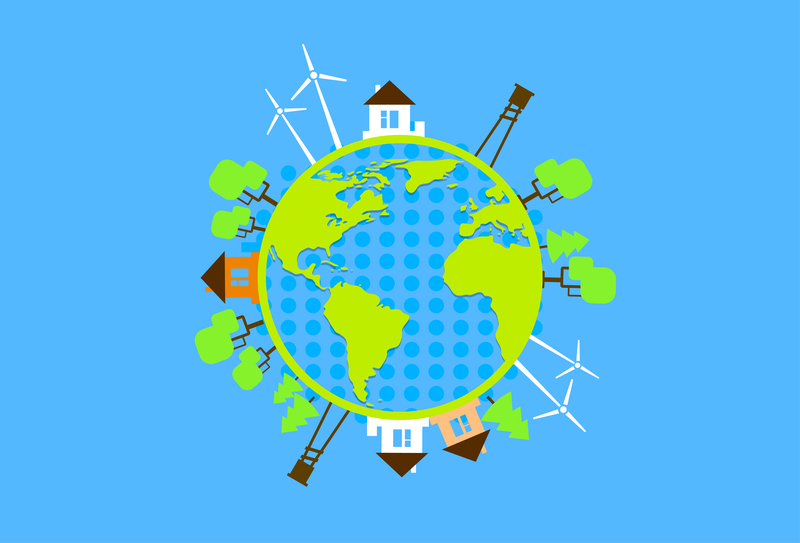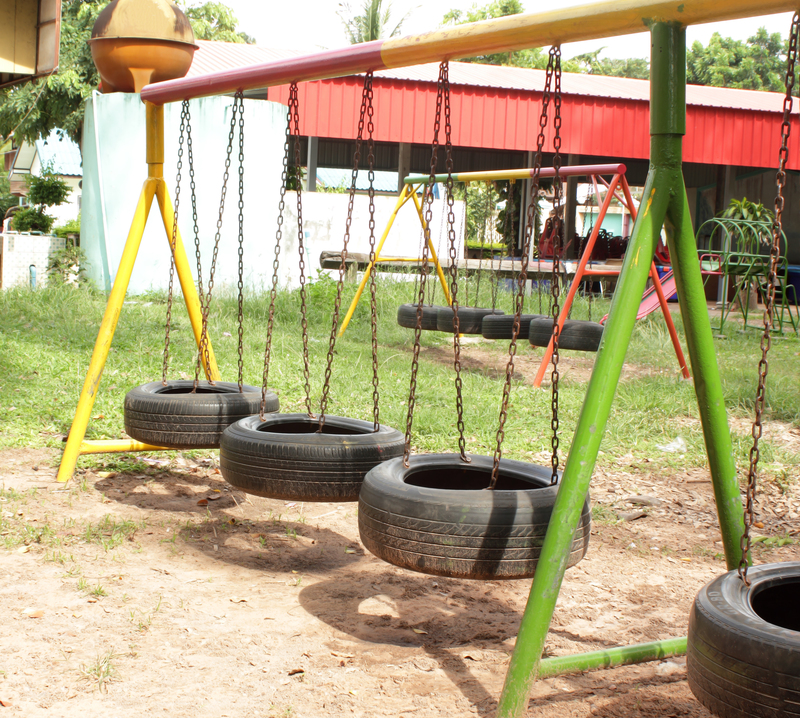Reimagining Waste Management to Combat Microplastic Pollution
As the world steps into a new era of environmental awareness, the urgent need to re-invent waste management strategies becomes increasingly evident. Among the plethora of pollutants wreaking havoc on our planet, microplastic pollution stands out as a particularly insidious foe. The microscopic menace of microplastics infiltrates ecosystems, poses severe threats to marine and terrestrial life, and ultimately, enters the human food chain.
Understanding the Microplastic Menace
Microplastics are tiny plastic particles, generally less than 5mm in diameter, which originate from various sources. Some are produced intentionally, like microbeads in cosmetics, while others are the result of larger plastics breaking down. Regardless of their origin, the impact of microplastics is profound and far-reaching.
- Environmental Impact: Microplastics have been detected in the most remote corners of the planet, from the deepest ocean trenches to the highest peaks. They pollute soil, water bodies, and air, disrupting ecosystems and harming wildlife.
- Human Health Concerns: The ingestion of microplastics by marine organisms leads to biomagnification, ultimately affecting human health. Studies suggest potential links between microplastic exposure and adverse health effects.
- Economic Burden: The consequences of microplastic pollution also hit the global economy, affecting industries like fishing, tourism, and healthcare.
Reimagining Waste Management Systems
To effectively address the issue of microplastic pollution, we must rethink our waste management systems:

1. Emphasizing the Circular Economy
At the heart of this reimagining is the transition from a linear to a circular economy, where resources are reused, recycled, and kept in use for as long as possible. This model not only reduces waste but also the demand for new plastic products.
- Innovation in Recycling: Advanced recycling technologies such as chemical recycling can turn plastic waste back into its original monomers, effectively resetting the plastics' life cycle.
- Product Design for Longevity: Encouraging the creation of products that are not only recyclable but designed for durability and multiple lifecycles is key.
- Promoting Compostable Plastics: Biodegradable and compostable plastics provide an alternative for single-use products, reducing the potential for microplastic formation.
2. Strengthening Policies and Regulations
Robust regulatory frameworks are vital in the fight against microplastic pollution. Governments must take an aggressive stance, implementing stringent policies that limit plastic production and waste. Key strategies include:
- Ban on Microbeads: Following the successful bans in some countries, extending this legislation globally can significantly reduce primary microplastic sources.
- Extended Producer Responsibility (EPR): Mandating producers to manage the disposal of their products encourages innovation and responsibility in waste management.
- Plastic Taxation: Imposing taxes on plastic products can reduce consumption and generate funds for environmental initiatives.

3. Raising Public Awareness and Education
The general public plays a crucial role in battling microplastic pollution. By increasing awareness and education, individuals can make more informed decisions about product use and disposal.
- Educational Campaigns: Launching effective campaigns can inform communities about the impact of microplastics and promote sustainable practices.
- Community Engagement: Grassroots movements and local advocacy groups can drive change from the bottom up, pushing for sustainable waste management practices.
4. Technological Advances in Waste Management
Utilizing technology is essential in creating efficient and effective waste management systems:
- Smart Collection and Sorting: Automated sorting facilities that employ AI and robotic systems can drastically improve recycling rates and reduce contamination.
- Monitoring and Data Collection: Implementing IoT systems for monitoring waste patterns can enable a responsive and adaptive approach to waste management.
Collaboration Across Borders
Microplastic pollution is a global issue requiring international cooperation. Countries must work together, sharing technology, data, and strategies to address the widespread nature of the problem. Organizations like the United Nations can play a pivotal role in facilitating this collaboration.
The Path Forward
The task of reimagining waste management systems to combat microplastic pollution is monumental but not insurmountable. By fostering a global mindset that emphasizes sustainability, innovation, and responsibility, we can work towards a future where microplastic pollution is minimized and our ecosystems thrive once more. Through collective action at the individual, community, governmental, and international levels, we can create a resilient waste management framework designed to protect our planet for generations to come.
Implementing these strategies presents *an opportunity* to revolutionize our waste management systems, tackling not just microplastic pollution but contributing to a healthier, more sustainable world. Together, through commitment and creativity, we can turn the tide against microplastic pollution and create lasting, positive environmental change.